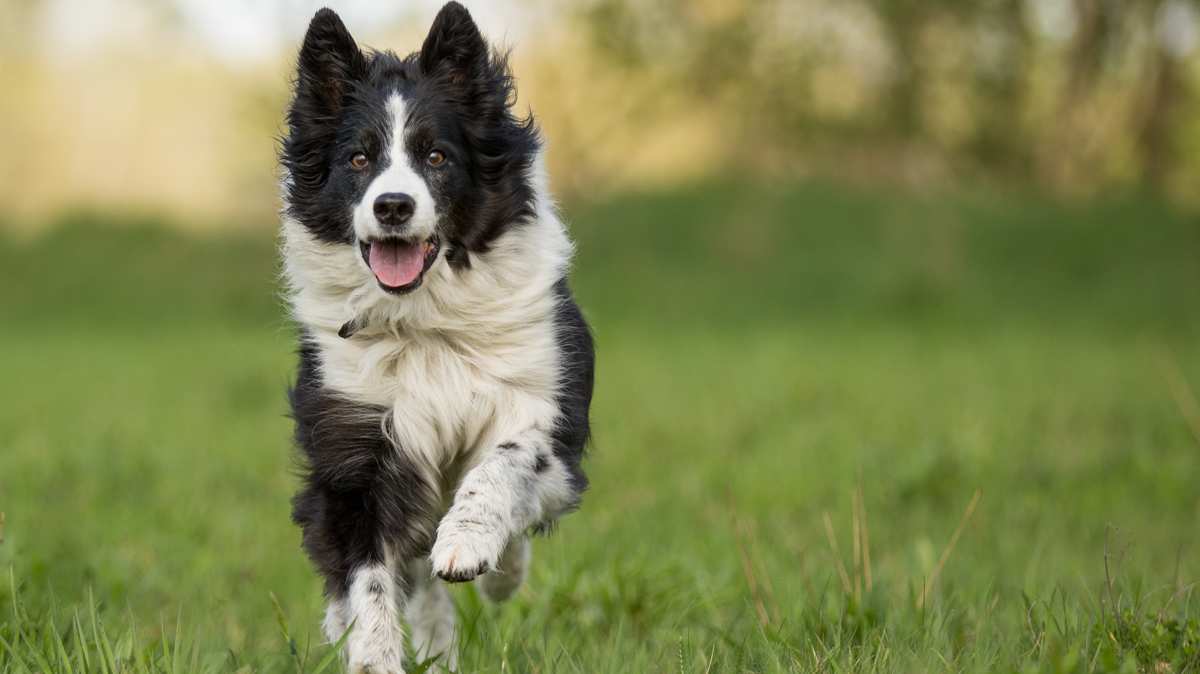The Border Collie temperament is not an easy one. These dogs are overly energetic and high-strung if neglected, need a lot of daily and vigorous exercise, and are perfect when their needs and wants are met. They are extremely intelligent, and they can be trained to do an amazing amount of work, tricks, and exercise. If you ignore their desire to learn and use their smarts, you'll soon find them gone, as one of their internationally known characteristics is that they are infamous escape artists.
Even as puppies, these dogs are on the lookout on how to get afield and run wild, watch for predators, and to — you guessed it! — herd things. They are known to dig, jump, scamper, shimmy, and unlock latches they've watched you operate. Turn your head to take some tea, and when you turn back, your Border Collie will be free may as well be this breed's motto.
Despite all the frustrating mannerisms of these dogs, their tenacious traits and temperament can be trained and redirected to gainful employment, great affection, and remarkable loyalty. It's easy to calm a Border Collie into being this way by making sure they have plenty of socialization, exercise, and room to roam.
These dogs are somewhat shy, and they may not be overly friendly to strangers and new friends. You should be sure to not let their shyness turn to fear-based aggression, however, so they should be socialized a great deal. This can be done while fulfilling their daily exercise walking, running, and playing. And when they are outside pursuing their activities, they should never be unrestrained as they will almost never resist the urge to herd anything that moves: cars, bicycles, children, geese, napkins blowing in the wind, etc.
Finally, if you get caught by "the eye," don't get transfixed. This means that something's afoot, and you don't want to get mesmerized into something that allows her to get away or start doing something that will lead to escape, trouble or worse. This breed uses their stark stare to get animals that have strayed back into the group, and it's a powerful look.













